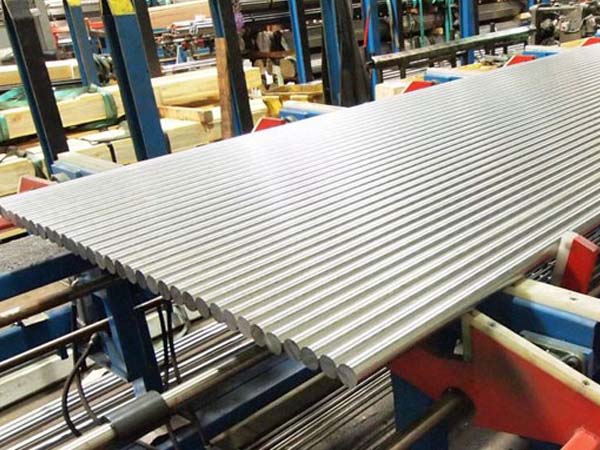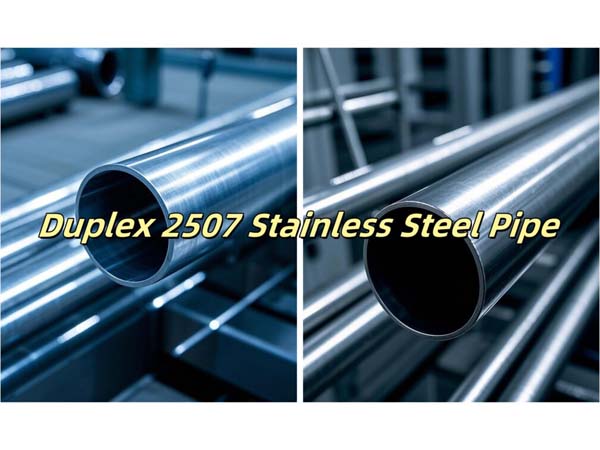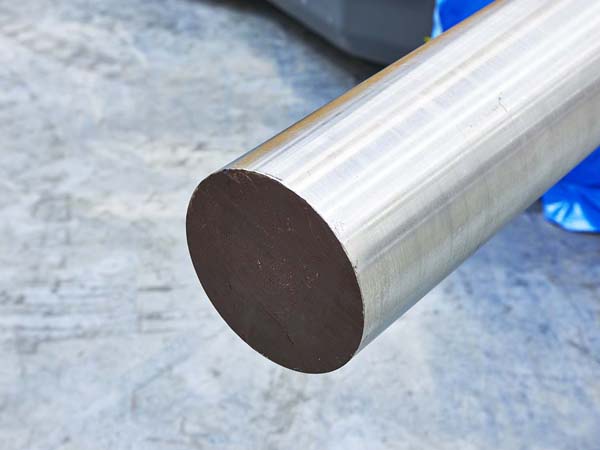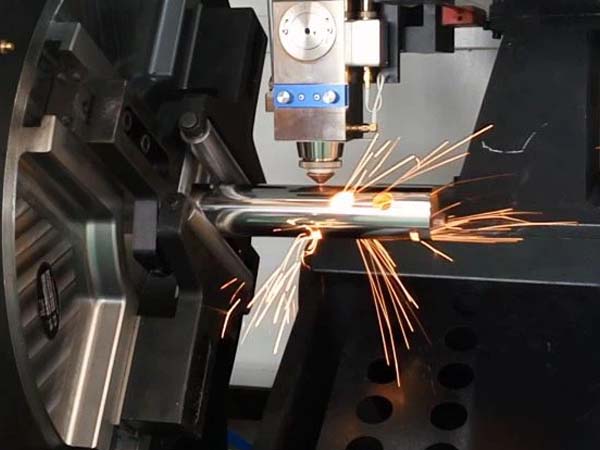





Phone
+86-731-82250427
Address
25th floor, C3 Building, Wanda Plaza, Kaifu District, Changsha, Hunan Province, China.
 Mar 4 2025
Mar 4 20252507 super duplex tubing (UNS S32750) is renowned for its exceptional mechanical properties, including high strength, toughness, and corrosion resistance. However, these same properties that make it an ideal material for demanding industrial applications also introduce significant challenges during machining. This article explores the specific challenges associated with machining Super Duplex 2507 tubing and provides advanced techniques to overcome these obstacles.
What are the challenges?
2507 tubing is known for its high strength and hardness, attributed to its elevated chromium, molybdenum, and nickel content, which necessitates greater cutting forces and energy for material removal. Additionally, the material is susceptible to rapid work hardening during machining, particularly at high speeds and feeds, leading to increased tool wear and decreased efficiency. Its low thermal conductivity causes localized heating, further exacerbating tool wear and potentially resulting in surface defects. Finally, the presence of hard and abrasive phases in its microstructure contributes to increased tool wear and a shortened tool lifespan.

How to Overcome Machining Challenges?
Tool Selection and Coatings: Utilize durable carbide or ceramic cutting tools to withstand high forces and temperatures. Multi-layered coatings, such as CVD TiCN-Al2O3, enhance tool life by reducing wear and improving thermal resistance while minimizing friction at the tool-chip interface.
Cutting Parameters Optimization: Adjust cutting speeds to balance material removal and tool wear, typically favoring lower speeds to mitigate work hardening. Carefully manage feed rates to reduce tool contact time and cutting forces, and use shallower depths of cut to lessen thermal loads.
Coolant and Lubrication: Adequate coolant is vital for dissipating heat and reducing work hardening, with high-pressure coolant systems proving particularly effective. Advanced lubrication techniques, such as Minimum Quantity Lubrication (MQL), can further decrease friction and wear.
Advanced Machining Processes: Consider laser-assisted machining to preheat the material, improving machinability and reducing cutting forces. Cryogenic cooling, using substances like liquid nitrogen, can manage thermal issues, extending tool life and enhancing surface finish.
Practical Considerations and Best Practices: Select tools with optimized geometries, such as negative rake angles and larger clearance angles, to improve chip evacuation and reduce cutting forces. For desired surface finishes, secondary operations like grinding may be necessary. Implementing real-time monitoring of machining parameters can help identify issues early, optimizing the process and minimizing downtime.
Conclusion
Machining super duplex tubing presents significant challenges due to its high strength, hardness, and work-hardening characteristics. However, by employing advanced tool materials, optimizing cutting parameters, and utilizing innovative machining techniques, these challenges can be effectively managed. The key to successful machining lies in balancing material removal efficiency with tool life and surface quality. With the right approach, 2507 tubing can be processed efficiently, unlocking its full potential for demanding industrial applications.
